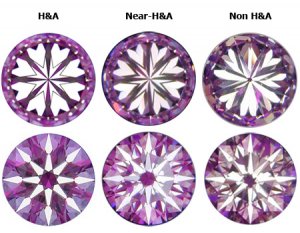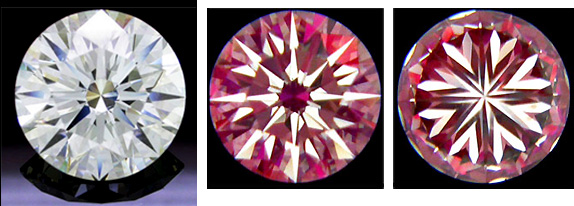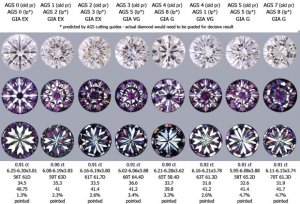- Joined
- Sep 3, 2000
- Messages
- 6,753
This is a constant subject and I am sure people would appreciate knowing more about the H&A effect, the impact its had on the market, its history, and what it does and does not tell you about a diamond.
If I knew the answers I''d write them up, but this is not an area of my highest knowledge. There definitely are folks here with much more knowledge that can tell us the story way better.
If I knew the answers I''d write them up, but this is not an area of my highest knowledge. There definitely are folks here with much more knowledge that can tell us the story way better.

















300x240.png)